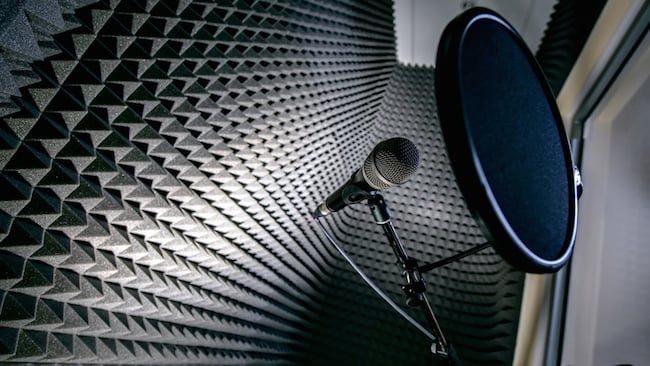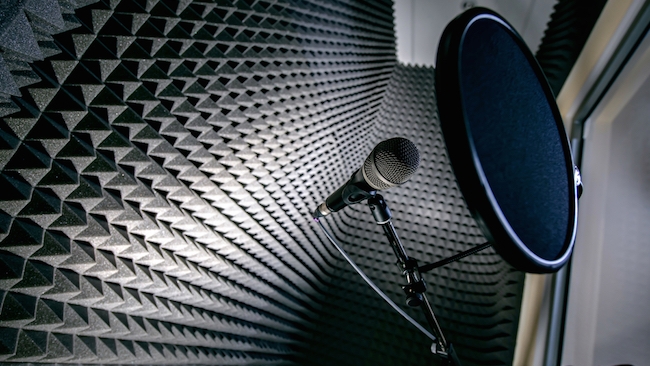

Kiwi Digital has just unveiled the commercial version of its VoiceQ ADR and dubbing tool, which pulls the rythmo band into the digital age.
There has been a long simmering debate concerning the use (or overuse) of automated dialogue replacement (ADR) in films. But regardless of whether you're a film sound purist who believes that there should be a bare minimum of ADR or a producer who has an affinity for noisy locations, everyone can agree that ADR has its place in the film sound process and can be an indispensable tool in certain circumstances.
As such, any innovation to the ADR process would likely be welcomed by those who either work in the field or rely upon it for their productions. VoiceQ 2.0 has surfaced, touting just such an innovation, yet in an interesting twist, the product breathes new life into an old process from the early days of film sound.
The digital rythmo band
Kiwi-Digital is a New Zealand-based company that developed and patented its first generation of its VoiceQ ADR and dubbing software back in 2003.The revelation that it brought to the ADR process came in the form of a digital rythmo band. The rythmo band was first used for audio dubbing in France in the 1920s and is still used in France and Canada and other francophone countries. In typical practice, dialogue is hand-printed on clear film leader and projected in sync with the picture. Obviously, anything printed by hand will be time-consuming to make, which has probably hampered its adoption beyond the aforementioned countries.
The rythmo band does has a clear advantage over more traditional ADR methods: namely, speed. Some performers are able to get through their lines at a double or triple the rate with a rythmo band versus using a countdown system.
VoiceQ 2.0, which is positioned as a modern update on the rythmo band for ADR and dubbing, retains the basic method of presenting dialogue to the actor, while greatly easing the burden of creating the rythmo band, as evidenced by the second half of the following video:
A quick Google search will uncover other products that aim to bring the rythmo band to the modern age, but competing offerings lack VoiceQ 2.0's easy integration with Pro Tools and some have seemed to have abandoned development altogether.
While VoiceQ 2.0 has an attractive workflow for dubbing films into other languages for global distribution, I would imagine that many users will flock to the product for its ADR workflow, which is outlined in the following tutorial:
VoiceQ 2.0 won't end the debate on the use of ADR in film, but it might be a compelling answer for anyone looking for a more efficient and, therefore, budget-friendly ADR method for his-or-her production.
Currently, VoiceQ 2.0 is only available for supported OSX 10.9 Maverick and 10.10 Yosemite only and may operate best when VoiceQ and Pro Tools are functioning on separate computers linked through MIDI. For a full list of Technical Requirements, go HERE.
Tags: Audio


Comments